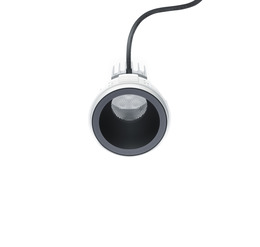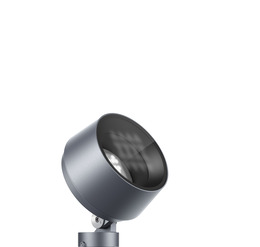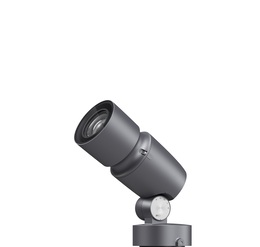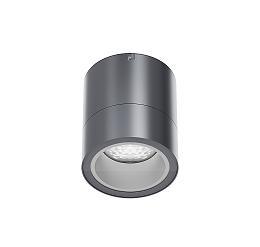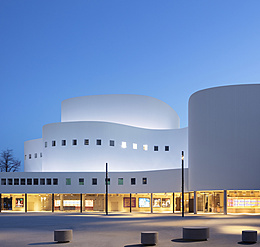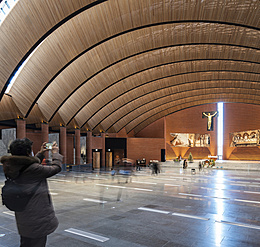
Without disturbing Chapel of Sound's intricate construction, ERCO luminaires were woven into the concrete as it was poured into the mould one layer at a time. Starpoint and Atrium luminaires are installed in a unique housing that makes maintenance possible without requiring extensive reconstruction work. Numerous tests were conducted to make sure that the housing could withstand being placed during construction and that our luminaires could withstand the building's semi-outdoor environment.








